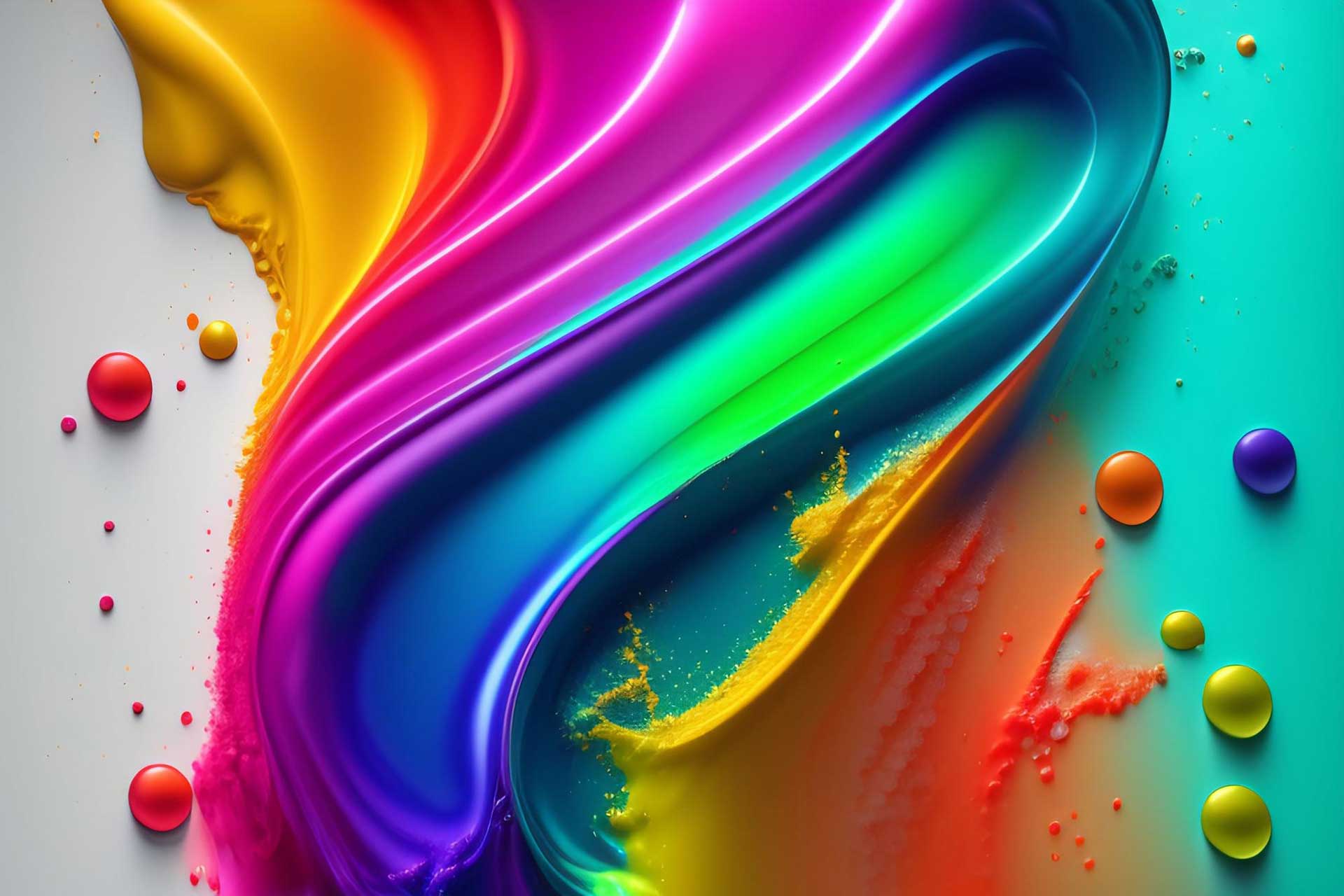Of course, these color associations aren’t definitive or exhaustive, but they act as a strong starting point for selecting the colors that your brand will be built on.
exploring the color wheel and harmonies
The color wheel is our guide to understanding how colors work together. Colors that are opposite each other are called “complimentary” because they help each other stand out. Complimentary color palettes are more dynamic and “punchy.”
Colors that are next to each other are called “analogous” and blend nicely with each other. Analogous color schemes feel pleasant and well-balanced.
When a palette is based on the various tints, tones, and shades of one color, it’s called “monochromatic.” Monochromatic color palettes are visually pleasing, yet very powerful.
Choosing the type of harmony you’d like to use in your branding provides structure to your color choices. Our color palette falls somewhere between analogous and complimentary, with the analogous hot pink and maroon hues sitting almost completely opposite the color wheel from our primary neon yellow. This creates visual balance, with an unexpected twist!
3 ways to choose the right color palette for your brand
Choosing a color palette is an important step in building your brand. This process is one part art, another part heart, and another part science. There are endless approaches to choosing the colors that will represent your brand, but we’ve found these three options to be easy and effective:













